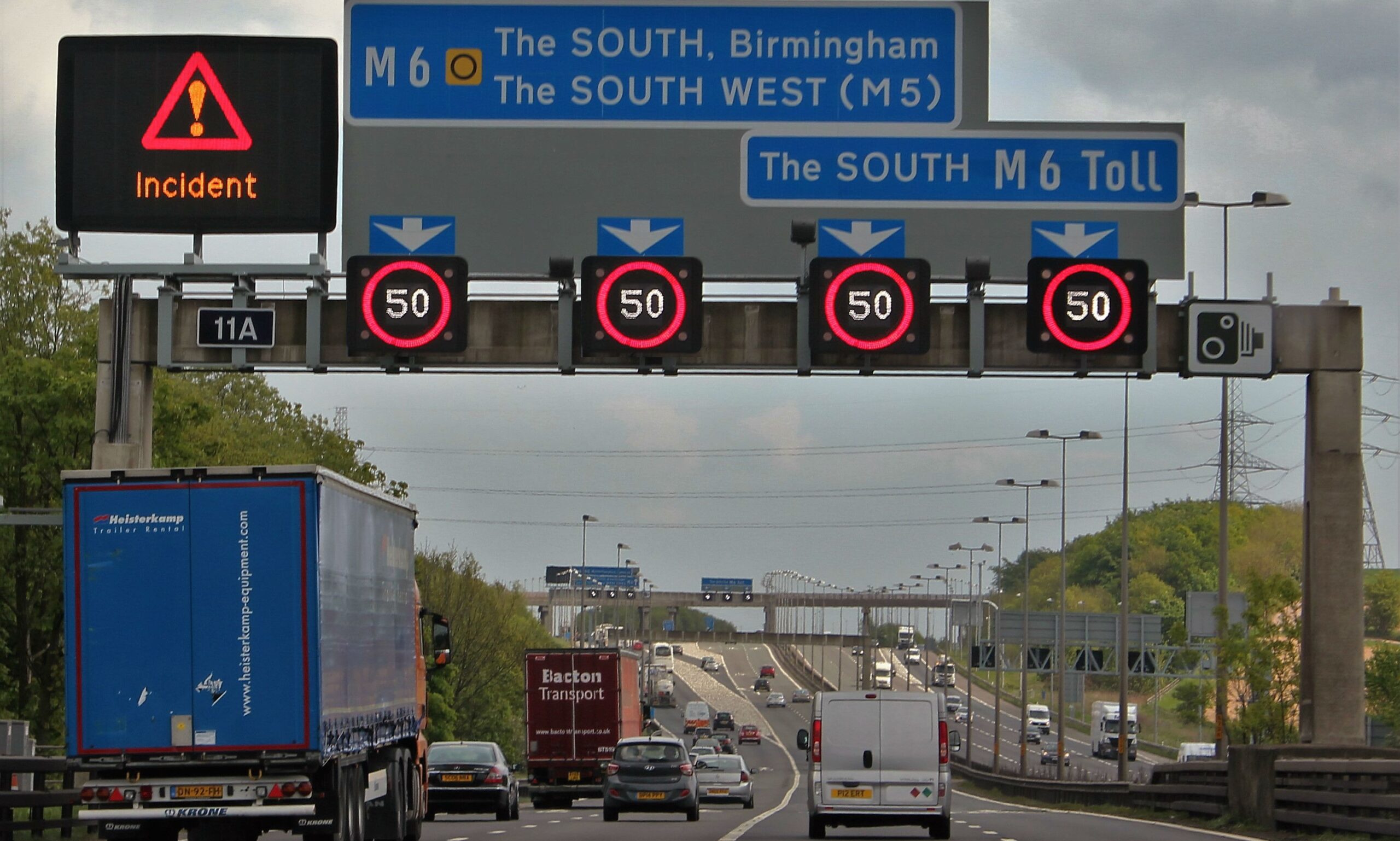Mark Langabeer (Hastings and Rye Labour member) reviews a recent Channel 5 documentary, broadcast on 31 May.
Smart motorways were first conceived as a means of reducing traffic congestion, which was estimated to cost the economy over £2 billion. They involve the removal of the hard-shoulder and its replacement with periodic lay-bys. Originally, the plan was to have breakdown places every 400 to 500 metres. On average, they are positioned every 2,500 metres, and result in more breakdowns in a live lane.
There was a trial run on the M42 which appeared to show that congestion was reduced, and accidents that involved personnel injury also fell, but the programme states that, since then, 416 miles of motorways have been converted, which contributed to 79 deaths since 2015. At least seven coroners have cited the lack of safety on smart motorways as a contributory cause of death.
Alongside the removal of hard shoulders, were technical improvements. Cameras and radar were introduced which were supposed to identify stationary vehicles. However, the reporter, Harry Wallop, discovered that some cameras were not working and radar didn’t always pick up on vehicles that were stuck on live lanes. It was also pointed out that the Highway Petrol centre, which acted like Air Traffic Control, were not always sufficiently staffed. And Edmond King, the president of the AA, stated that even if you are spotted, you are still parked up on a live lane.
Lost a partner
Wallop interviewed one campaigner, Claire Mercer, who lost a partner from an accident on a section of smart motorway. Claire had a telephone call from Grant Shapps, the then Transport Minister, who decided to pause the roll out programme. However, the pause didn’t include those roads that due to become ‘ smart’.
Mercer stated that the campaign was all about motorways having a hard shoulder. The current position is a compromise that can produce a two tiered system. It’s likely that they will continue as smart roads in peak times and revert to hard shoulders in off-peak periods. King stated that cost considerations are being chosen over safety concerns. Mercer stated that the government would only act when a major disaster occurs on smart motorways.
In my opinion, the campaign for a hard shoulder on all motorways is entirely justified. The only way that that congestion can be reduced is by building up public transport. This can’t be done while the transport system is largely privately owned. They see other forms of transport as competitors and seek to maximize profits.
One small example is the bus industry. When buses were publicly owned, profitable routes would subsidize the non-profitable services. The decline in bus services is a product of privatization and the drive for private profit.
A socialist Integrated transport system which included road, rail, bus, shipping and air is the only solution to Britain’s congestion problems.



